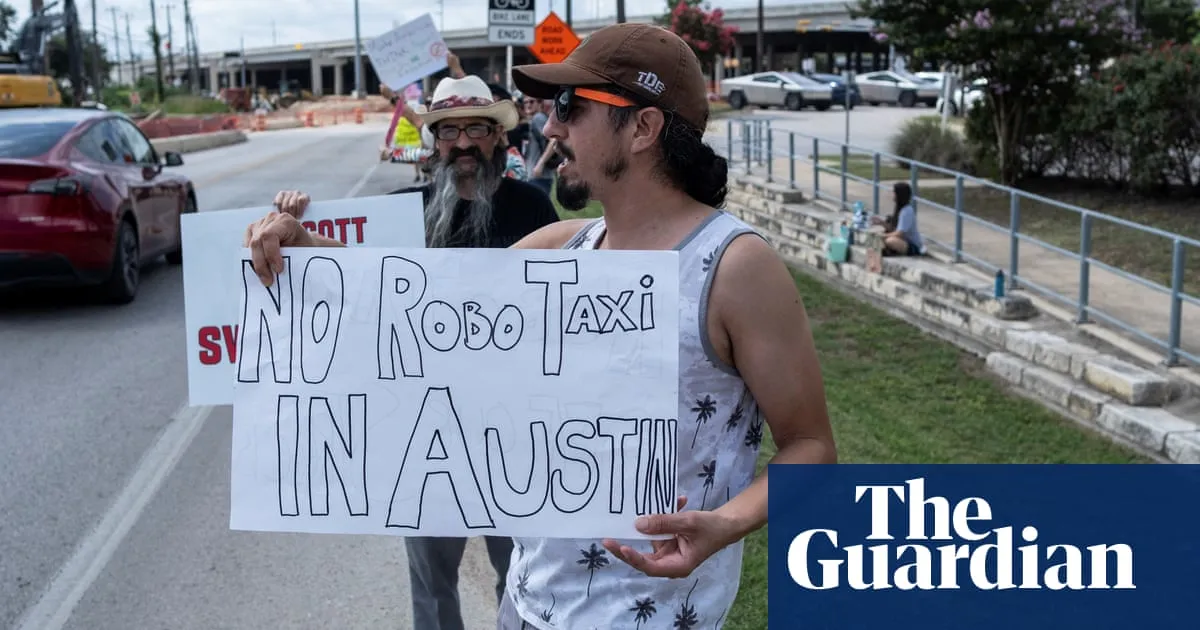
Austin, Texas is poised to become the first city in the world to experience Tesla's groundbreaking self-driving robotaxi service. Elon Musk, the CEO of the electric car manufacturer, announced plans to tentatively launch a limited number of these autonomous vehicles on the streets of the Texas state capital this Sunday. While the details surrounding Tesla’s robotaxi service remain sparse since its unveiling last October, the long-awaited launch has faced several delays.
Musk indicated that fewer than a dozen robotaxis may be operational in Austin initially, with the vehicles expected to operate within designated neighborhoods. Analysts suggest that the robotaxis will likely be accessible only to Tesla employees and select invitees during this early phase. Musk has articulated a cautious approach to the rollout, stating, “We could start with 1,000 or 10,000 robotaxis on day one, but I don’t think that would be prudent.” He further clarified that the initial deployment would consist of around 10 vehicles for the first week, gradually increasing the fleet size thereafter.
According to Musk, the driverless cars will be monitored remotely, although it remains uncertain whether a safety driver will accompany the vehicles— a standard practice among other robotaxi services. The anticipation for the Austin launch has been building since last summer, but Musk's timeline has frequently shifted. Initially, he suggested a launch in June, which later evolved into a tentative date of June 22, only to be postponed once again as safety remained a top priority. Musk mentioned that the first Tesla capable of driving itself from the factory to a customer’s home is expected by June 28.
Looking ahead, Musk aims to have a fleet of 1,000 Tesla robotaxis operating on Austin roads within a few months, with plans for expansion to other cities in Texas and California shortly thereafter. Despite these ambitious goals, Tesla is encountering resistance from Texas lawmakers. A coalition of Democratic state senators and House members recently urged Tesla to postpone the robotaxi launch until a new autonomous vehicle law takes effect in September, citing concerns over public safety and the importance of building trust in Tesla's operations.
The likelihood of significant legislative obstacles appears minimal, as Republicans currently hold majorities in both chambers of the Texas legislature. However, federal authorities are also closely monitoring Tesla's robotaxi launch. In May, the National Highway Traffic Safety Administration (NHTSA) reached out to Tesla with a series of questions regarding the safety and operational protocols for the robotaxi service, including how the company plans to respond to potential incidents and manage crash reporting.
Additionally, the NHTSA is reviewing Tesla's response to their inquiries. The agency has previously investigated Tesla following numerous incidents involving the company’s Full Self-Driving software, which has been linked to at least 17 fatalities and several serious injuries. The NHTSA is particularly focused on crashes where environmental factors such as sun glare, fog, and darkness may have impaired the software's effectiveness.
Tesla will enter a competitive landscape in Austin, where established services from Waymo, a subsidiary of Alphabet, are already operational. Other companies, including Amazon and Volkswagen, are also in the testing phases of their driverless taxi services in the city. Unlike Tesla, these competitors have adopted a more methodical approach, dedicating extensive time to mapping city streets and enhancing their technology to navigate safely around pedestrians, cyclists, and unforeseen obstacles.
As Tesla prepares for this historic launch, the world watches closely, eager to see how the company's robotaxi service performs amidst growing scrutiny and competition in the autonomous vehicle sector.